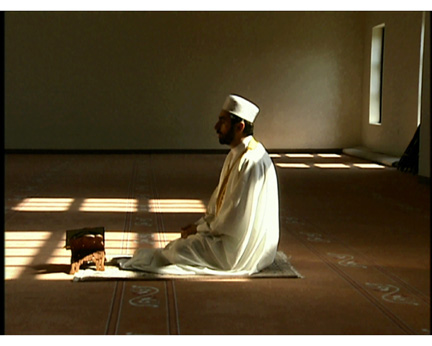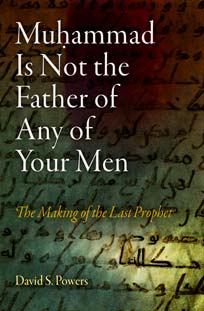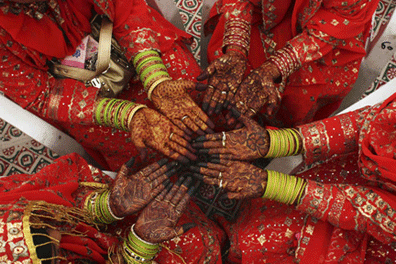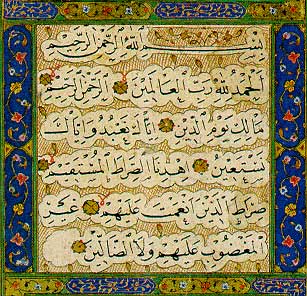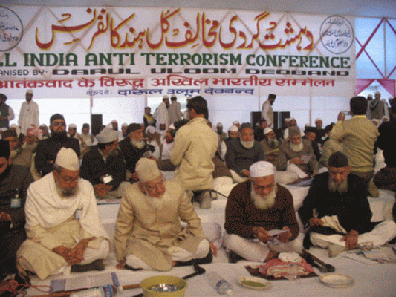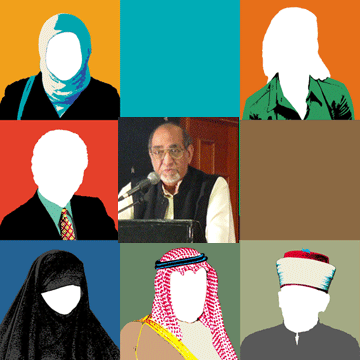
By Nadeem F. Paracha. Smoker’s Corner, Dawn.com, July 4, 2010
It is rather startling to note how the powerful ‘Women’s Lib’ movement in the 1970s was manhandled by certain sections of society in the West. They scrapped the intellectual aspects of the concept and used the fruits of the movement by simply exhibiting it as a way to justify nudity.
The above was what most frontline women activists of the movement bemoaned, alluding that their movement’s many positive social outcomes had been misused. In fact, such is also the view of a majority of conservative Muslim thinkers — especially those who have been at the forefront of encouraging the usage of veil among Muslim women.
Interestingly, a lot of young Muslim women who adorn the hijab/burqa suggest that veiling demonstrates their liberation from becoming an object of the pitfalls of the Women’s Lib movement. But just as one is correct to point out that these pitfalls involve emancipated women who shroud their obvious objectification by describing it as liberation, one isn’t too far off the mark to also question the other side of the divide. Continue reading Manly manoeuvres
